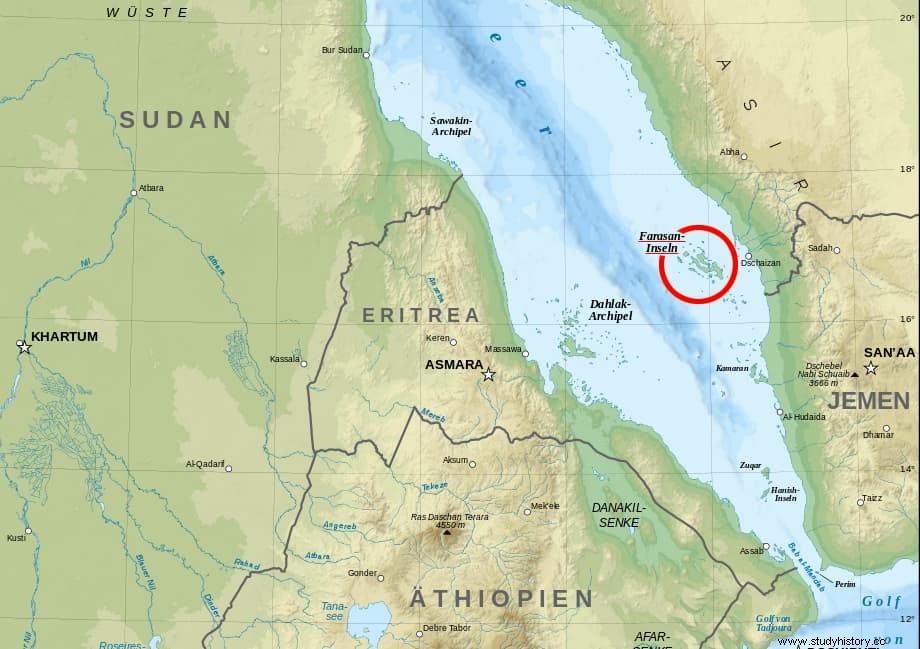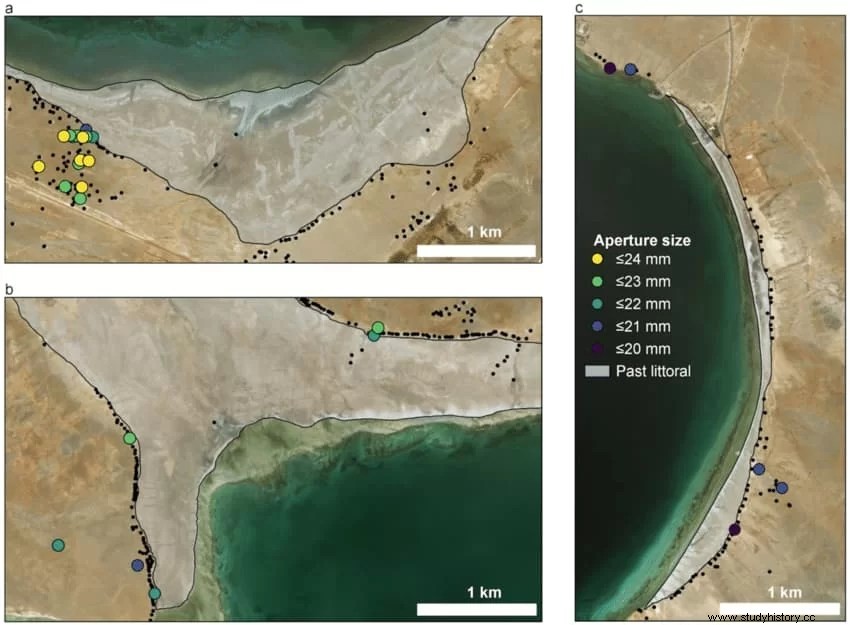A new study suggests that prehistoric pioneers may have relied on shellfish to sustain themselves as they followed migration routes out of Africa during times of drought.
The study examined fossil reefs near the shores of the Red Sea, now submerged, that marked prehistoric migration routes from Africa to Arabia. The findings suggest that this coastline offered the necessary resources to act as a gateway to Africa during periods of poor rainfall when other food sources were scarce.
The research team, led by the University of York, focused on the remains of 15,000 shells dating back 5,000 years, from an arid period in the region. With the coastline of the original migration routes submerged by rising sea levels after the last Ice Age, the shells came from the nearby Farasan Islands in Saudi Arabia.

The researchers found that marine shellfish populations were abundant enough to allow continuous harvesting without major ecological impacts, and their abundant availability would have allowed people to survive in times of drought.
Lead author Dr Niklas Hausmann, Research Associate in the Department of Archeology at the University of York, said:The availability of food resources plays an important role in understanding the viability of past human migrations:the hunter-gatherer migrations would have required local food sources and therefore periods of aridity could have restricted those movements . Our study suggests that the shores of the Red Sea had the necessary resources to provide passage for prehistoric peoples .

The study also confirms that communities along the shores of the Red Sea may have relied on shellfish as a sustainable food resource throughout the year.
According to Hausmann our data show that at a time when many other resources on land were scarce, people could rely on locally available seafood. Previous studies have shown that the inhabitants of the southern Red Sea ate shellfish throughout the year and for periods of thousands of years. We now also know that this resource was not depleted by them, and shellfish continued to support a healthy population .
Shellfish species found at the Farasan Islands archaeological sites were also found in abundance in fossil reefs dating back more than 100,000 years, indicating that these shellfish have been an available resource for longer periods than the sites. archaeological sites suggested above.

Study co-author Matthew Meredith-Williams of La Trobe University said:We know that modeling past climates to learn about food resources is extremely useful, but we have to differentiate between what's happening on land and what happens in the water. In our study we show that marine foods were abundant and hardy and that they were gathered by people when they could not depend on terrestrial foods .
